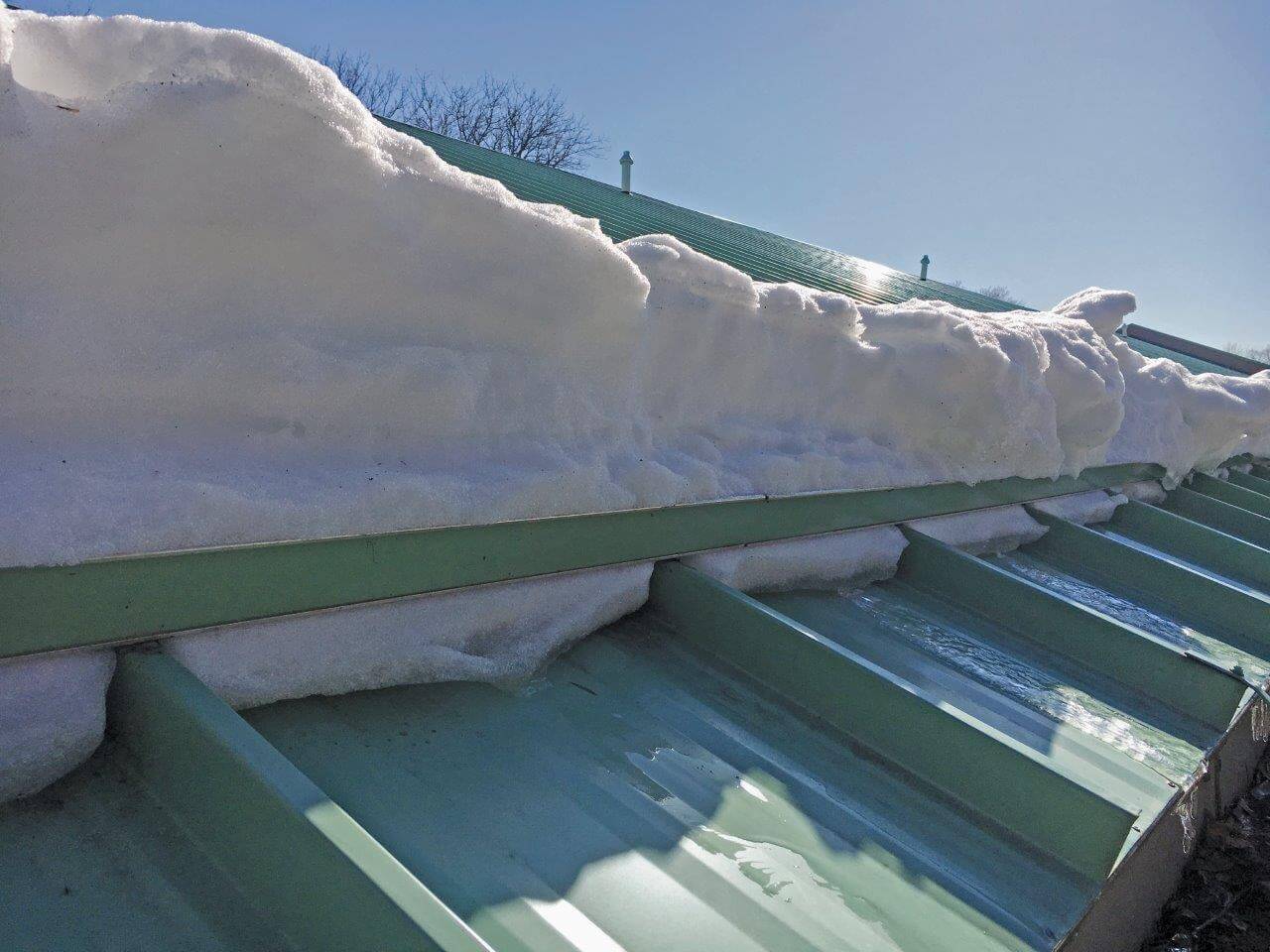The snow load that is applied to our structure is not the ground snow load but in most cases the flat roof snow load.
Snow load profile on roof.
Your roof may be supporting 60 pounds per square foot of roof when snow and ice accumulate on the surface.
Snow loads are influenced by elevation general weather and moisture patterns slope direction exposure roof or trail bridge configuration and wind direction and severity.
Thus snow weighing 10 pounds per cubic foot and at a depth of 18 inches on a roof is exerting 15 pounds of pressure per square foot.
Then measure the depth of snow on the roof and multiply it by the weight of a cubic foot of that snow.
The weight of snow varies greatly.
Once the ground snow load at the building site is determined it must then be converted to roof snow loads according to asce 7 with appropriate treatment of exposure to wind thermal properties of the roof roof slope unbalanced snow loads drifting and risk exposure.
You can shovel out a cubic foot of snow from the roof place it in a container and quickly weight it on a scale.
If the snow weighs 10 pounds per cubic foot and there are 1 5 feet on the roof each square foot of the roof is getting 15 pounds of pressure.
Make sure to not wait for too long though.
Or the 25 psf snow load could be entered as a roof snow load with the unbalanced snow loading option turned off.
If your roof is 1 000 square feet the total snow load is 15 000 pounds of snow.
Roof snow and wind loads are based on the historical records for a given location however the local building authority should always be consulted to determine the correct roof snow and wind load to use for a given site and application.
To figure out the load on your roof take the depth of snow in feet and multiply it by the weight of a cubic foot of snow.
The flat roof snow load is calculated using formula 7 3 1.
Light fluffy snow may only weigh about seven pounds per cubic foot.
If unbalanced snow loading isn t required or specified the truss designer may enter the 25 psf snow load as a top chord live load tcll set the load duration factor to 1 15 for snow and turn snow loading off completely.
Basing on the roof parameters you specified in the first section our snow load calculator displays the maximum allowable snow cover thickness and snow weight.
It also informs you whether you should immediately remove some of the snow or you can wait a little bit longer.
In our case let s assume that our structure has a flat roof roof slope 5.
Table r301 2 1 climatic and geographic design criteria ground snow load.
Loads increase on roofs as fresh snow becomes packed and new snow falls.

